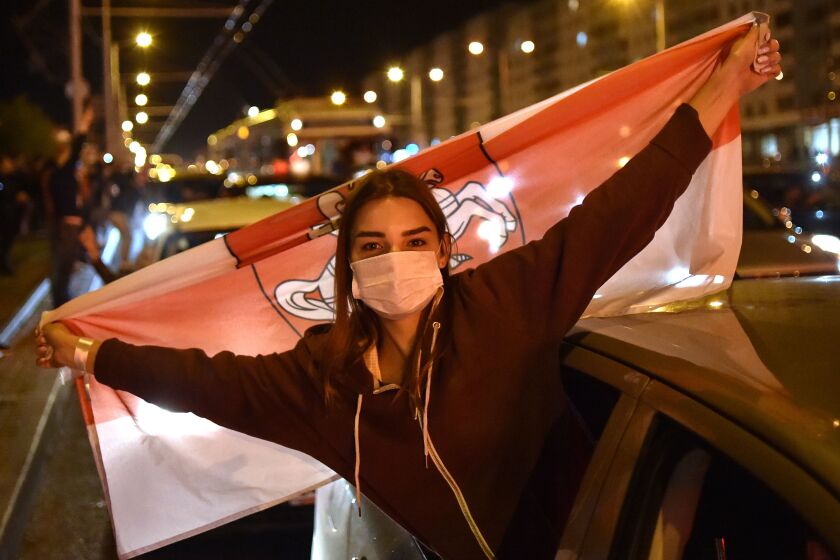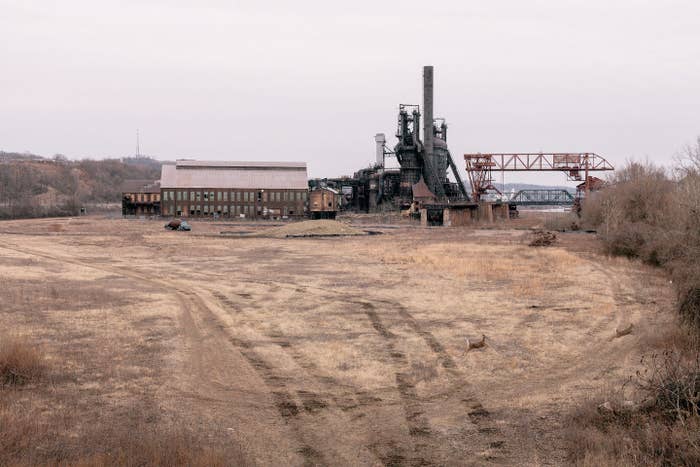Trump wanted to 'swap' Puerto Rico for Greenland: ex-official
Issued on: 19/08/2020 -
Washington (AFP)
President Donald Trump wanted to sell Puerto Rico or swap it for Greenland because he viewed the US territory as dirty and poor, a former senior administration official said Wednesday.
Miles Taylor, who was chief of staff at the Department of Homeland Security, said Trump expressed those views as the government undertook support operations after two massive hurricanes ravaged the Caribbean island in 2017.
Taylor told MSNBC that just before one 2018 trip by officials, Trump, who had regularly talked about acquiring Greenland from Denmark, seriously suggested he could trade away Puerto Rico.
"He told us, not only did he want to purchase Greenland, he actually said he wanted to see if we could sell Puerto Rico, could we swap Puerto Rico for Greenland, because in his words, Puerto Rico was dirty and the people were poor," Taylor said.
The former official said he did not take Trump's remarks as a joke.
"These are Americans. We don't talk about our fellow Americans that way," Taylor added.
"And the fact that the president of the United States wanted to take a US territory of Americans and swap it for a foreign country is beyond galling."
Trump has long expressed disdain for the island of some three million people, many of whom live on the US mainland -- especially in Florida and Trump's native New York -- due to the deeply depressed economy at home.
"The president expressed deep animus towards the Puerto Rican people behind the scenes," Taylor, who left DHS in 2019 and came out as a supporter of Democrat Joe Biden this week, told MSNBC.
"He is their president. He should be standing by them, not trying to sell them off to a foreign country."
In 2019 Trump canceled a visit to Denmark after Prime Minister Mette Frederiksen rejected his proposal to buy Greenland as "absurd," though at the time there was no mention of Puerto Rico as part of the suggested deal.
On Tuesday Trump dismissed Taylor on Twitter as a "former disgruntled employee" who is "said to be a 'real stiff.'"
© 2020 AFP









 Elwin CotmanBuzzFeed Contributor
Elwin CotmanBuzzFeed Contributor


